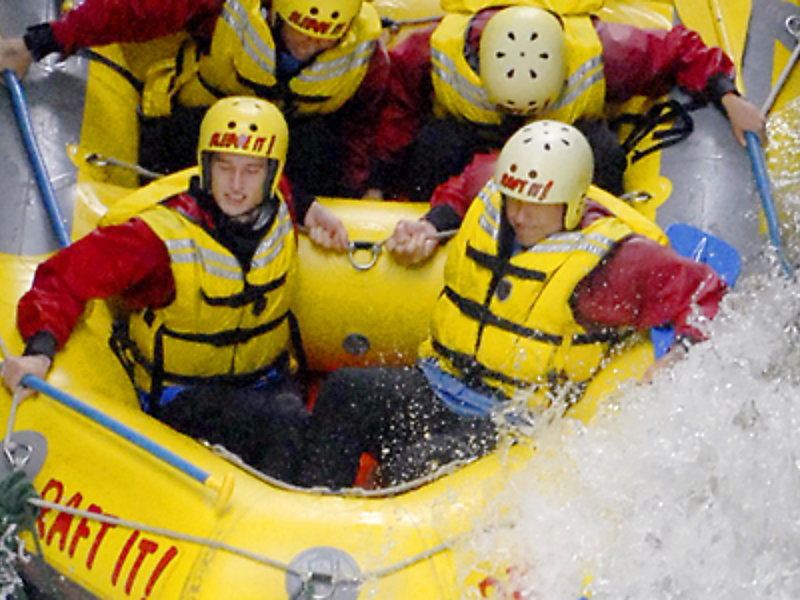ISO 21101:2014 Adventure tourism safety management, Uncategorized
ISO 21101:2014 Adventure tourism safety management
Courtesy: ISO 21101:2014 Adventure tourism safety management
There are three imperatives for adopting a safety management system for a business – these are ethical, legal and financial. There is an implied moral obligation placed upon an employer to ensure that work activities and the place of work are safe; there are legislative requirements defined in every jurisdiction on how this is to be achieved and there is a substantial body of evidence which shows that effective safety management can reduce the financial exposure and damage to the reputation of an organisation by reducing accidents.
To address these three important elements, an effective SMS should:
- Define how the organisation is set up to manage risk.
- Identify workplace risk and implement suitable controls.
- Implement effective communications across all levels of the organisation.
- Implement a process to identify and correct non-conformity and non-compliance issues.
- Implement a continual improvement process.

The foundation to an effective safety management system is that of effective risk management. The defined process within an organisation for the identification, assessment, evaluation and control (or risk treatment) of risk will be key, must be carefully considered and then documented within the safety management system. As with safety management, there are a number of risk management models that can be used depending on the risk profile of an organisation, but the internationally recognised standard ISO 31000 – Risk management – Guidelines is a common starting point. Interestingly, there is no reference to safety within the standard.

